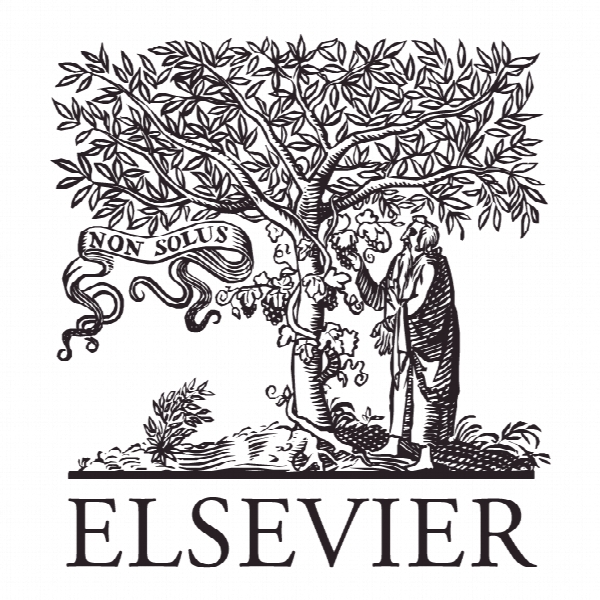وفاداری برند در یکپارچگی برندینگ مشترک فست فشن و طراح لوکس Brand loyalties in designer luxury and fast fashion co-branding alliances
- نوع فایل : کتاب
- زبان : انگلیسی
- ناشر : Elsevier
- چاپ و سال / کشور: 2018
توضیحات
رشته های مرتبط مدیریت
گرایش های مرتبط بازاریابی
مجله پژوهشی کسب و کار – Journal of Business Research
دانشگاه Glorious Sun School of Business and Management – Donghua University – China
منتشر شده در نشریه الزویر
کلمات کلیدی مد لوکس، وفاداری برند، نام تجاری مشترک، مدیریت اتحاد نام تجاری
گرایش های مرتبط بازاریابی
مجله پژوهشی کسب و کار – Journal of Business Research
دانشگاه Glorious Sun School of Business and Management – Donghua University – China
منتشر شده در نشریه الزویر
کلمات کلیدی مد لوکس، وفاداری برند، نام تجاری مشترک، مدیریت اتحاد نام تجاری
Description
1. Introduction Co-branding is a brand alliance strategy in which two or more brands collaborate and launch their co-brand (Blackett & Board, 1999). In markets across the globe, we are now witnessing a growing interest in establishing strategic partnership in co-branding (Bengtsson & Servais, 2005). For example, the fast fashion co-branding strategy, which is formed between a designer-label fashion brand and a fast fashion brand, such as H & M, is quite popular. H & M first started its co-branded collection with the designer luxury fashion brand Chanel’s chief designer Karl Lagerfeld in 2004. It appears that H & M has shown a unique formula of selecting an appropriate luxury fashion partner and co-branding cooperation is beneficial to both involved brands (Labbrand, 2011). The history of H & M collaboration is shown in Table 1. As we can see from Table 1, most of the participating designer luxury fashion brands are famous brands. This observation motivates our study. As we will prove theoretically later on, this is in fact a wise and “optimal” mode of co-branding alliance. The purpose of launching co-brands is to respond to the fast changing marketplace and increasing customers’ brand loyalty towards the involved brands (Voss & Mohan, 2016). The benefits of co-branding partnership in terms of brand loyalty in the designer luxury and fast fashion co-branding have been widely documented in both academic literature (Ahn, Kim, & Forney, 2010; Jang, 2006; Oeppen & Jamal, 2014; Shen, Jung, Chow, & Wong, 2014) and industrial reports (as shown in Table 2). In co-branding, companies can work with other companies to integrate resources and leverage individual core competencies, or they can use current resources within one company to promote multiple products. There are many different forms of co-branding adopted in the fashion industry. They include ingredient co-branding, joint venture co-branding and same-company co-branding. Ingredient co-branding is formed when the ingredient brand is contained within the manufacturer brand. The well-known example of ingredient cobranding in fashion is the use of YKK zippers. Joint venture co-branding is established when two or more brands/companies enter a partnership to launch their co-brand. Joint venture co-branding includes many cases such as the fashion co-branding we mentioned above. In this paper, we call the co-branding between two brands of the same company/enterprise the “intra-company co-branding”. This is relatively rarely seen in the fashion industry. However, it is do-able as the big fast fashion corporations, such as Inditex, own many fashion brands of different kinds and even tiers. For example, the Uniqlo Group owns the brands Theory (a designer luxury fashion brand) and Uniqlo (fast fashion). Thus, a co-branding alliance can be formed between Uniqlo and Theory if the Uniqlo Group wishes. A natural question hence arises: Is intra-company co-branding a wise co-branding strategy?


